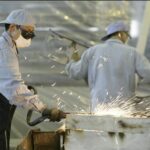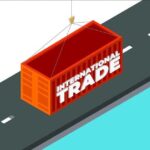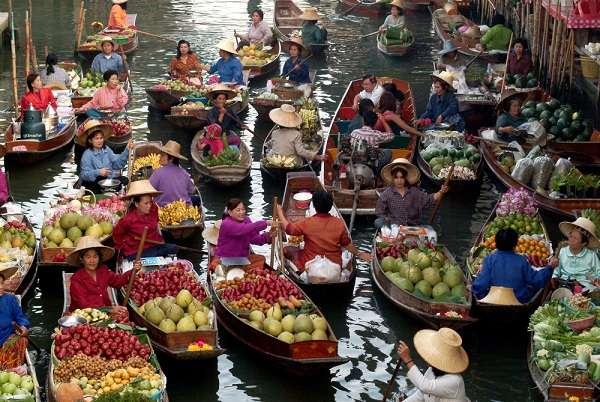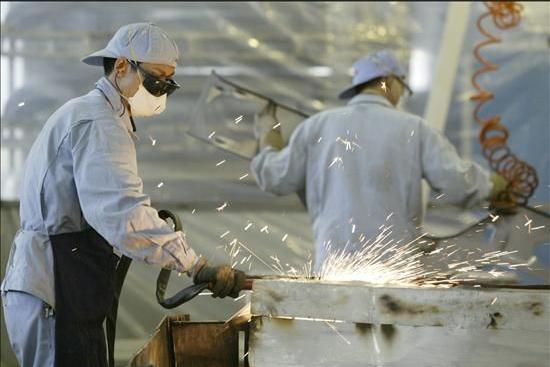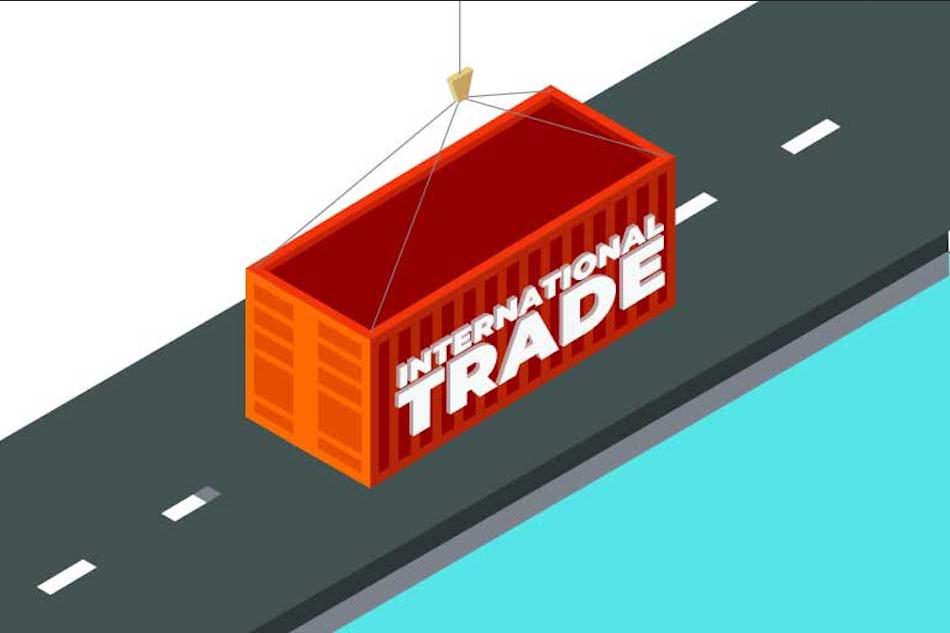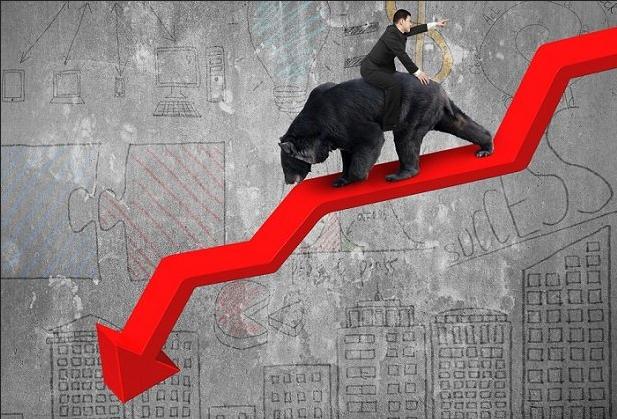One of the basic pillars of any society is the economic organization. Throughout the evolution of man, different economic systems have developed, adapting to the needs of each people. In this article we will talk to you about the characteristics and main ideas of traditional economics.
However, before talking specifically about the traditional economy, you should have a general idea of what economic systems have been formed over the years. Keep reading, because in the next section we will briefly explain the classification of these systems.
Types of economic systems
We can classify economic systems depending on whether or not they exist under private ownership, or according to the way in which decisions are made and productive activities are coordinated. In the first case we have two types of economy: the capitalist economy and the socialist or planned economy.
In the case of the capitalist system, people and companies carry out the production and marketing of goods and services following market trends, governed by supply and demand. In this, money plays an important role in the daily lives of the population. It is also called free economy.
On the other hand, in a socialist system the State replaces private property with a system in which the means of production and distribution of goods and services are collective. This seeks to ensure that social classes disappear and that all individuals have the same wealth. It usually requires a lot of planning.
If we classify economic systems according to the way in which decisions are made , we give rise to the traditional economy, the authoritarian economy and the market economy. The latter are the same capitalist economies, in which the population makes the decisions, with the advantages and disadvantages that this entails.
Authoritarian economies, as their name indicates, are those in which decisions are made by a central power or authority, which is usually the State as owner of the means of production. In the next section we will tell you more about the characteristics of the traditional economy.
Characteristics and main ideas of traditional economics
The traditional economy is a system that has its bases in the customs, beliefs and traditions (pardon the redundancy) typical of a region or a particular society or community. In this, economic decisions are guided by the skills acquired with the routine practice, for centuries, of the same activities.
Basic characteristics of the traditional economy
One of the most basic characteristics of the traditional economy is that income is generated from activities such as agriculture, livestock, fishing and hunting, and the production of artisanal pieces. Other characteristics are :
- Manual labor predominates in all sectors of the economy.
- The subsistence economy is characteristic.
- Slow or no development of production techniques and technologies due to contradictions with the existing way of life and traditional religious and cultural patterns.
- Broad development of the exchange of goods and services without money.
- Insignificant role of the business community.
- Prevalence of traditions and customs. At the same time, the main economic issues are resolved in accordance with them.
- Joint work of economic subjects.
- Religious and cultural peculiarities are of capital importance in economic activity.
Likewise, in general terms it does not usually use money, but rather barter as a method of marketing and exchange.
This means that traditional economies have a low level of productivity, which basically works for the self-sufficiency of the community , but does not allow the existence of a system of globalization or international trade with import or export of goods or services.
Although it may seem primitive to you, this type of economy is still practiced in many places around the world . Above all, traditional systems have been maintained in the Middle East, Asia and Africa; but you can also find communities that practice it throughout America.
Ideas on which traditional economics is based
- Resources should be distributed equitably among community members.
- All members of the community participate in the production process in one way or another, and know the importance of the work they carry out.
- They produce what they need to live, without ambitions to obtain extra profits due to the activity they carry out, and without worrying about the importance of maintaining international relations.
- The environment must be conserved , as it is the source of most (if not all) of the resources they use to survive and produce other items. However, they are also dependent on natural conditions, being seriously affected by climate changes and pollution.
We hope that with this article the characteristics and main ideas of traditional economics have become clear to you. Don’t forget to share it on your social networks!


